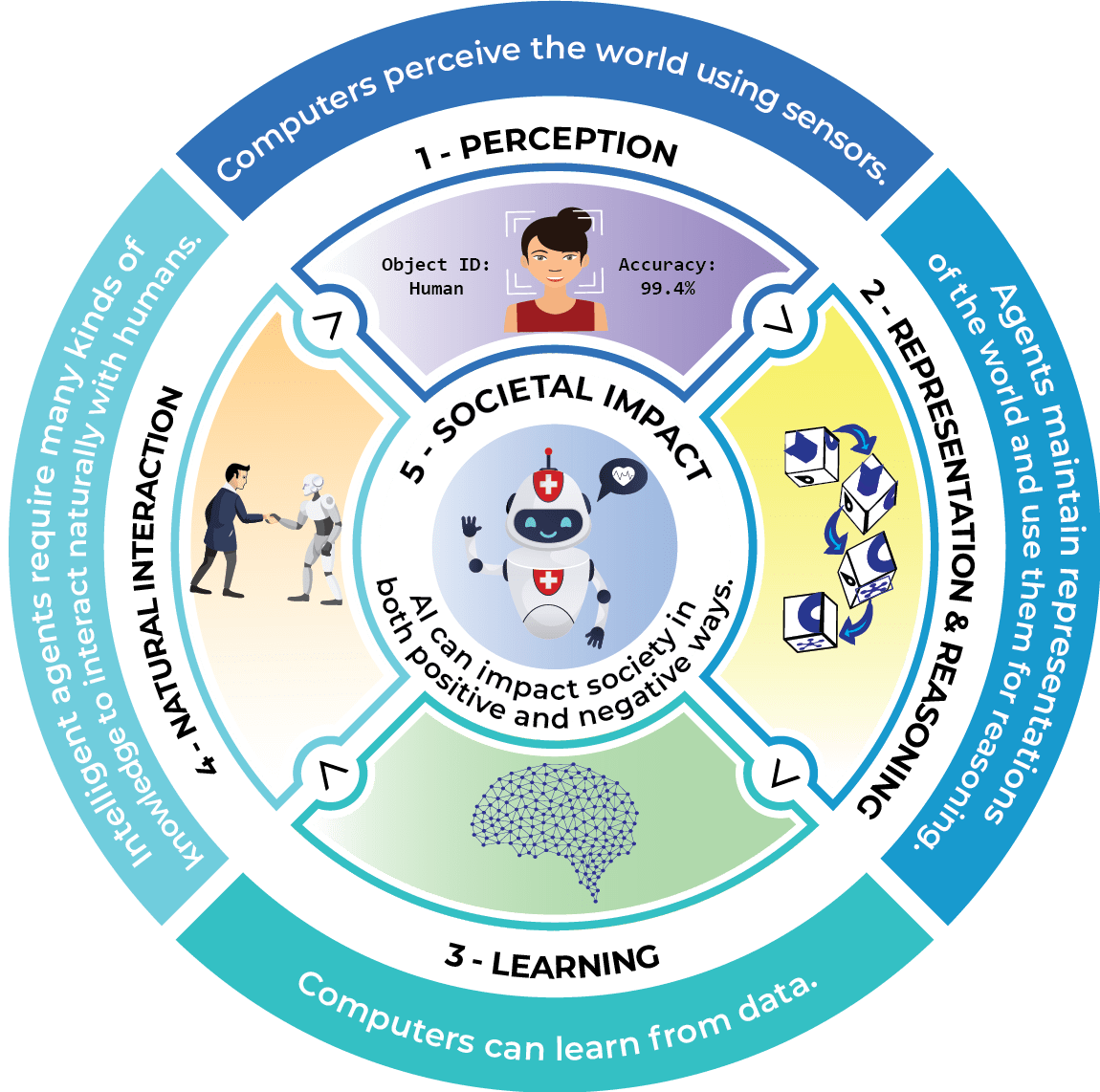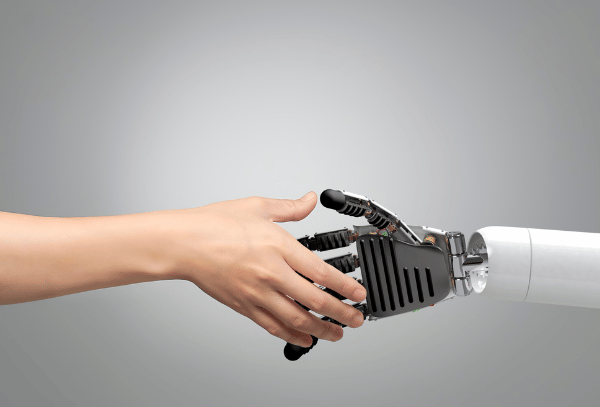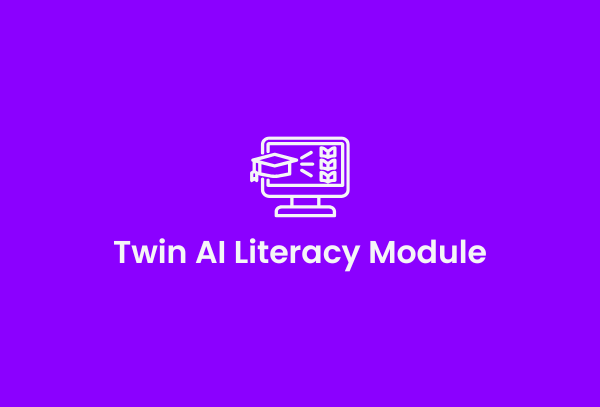AI Literacy
MASTER AI SKILLS
FOR EDUCATION
Step-by-step education modules that make AI easy to teach and easy to learn for every grade level

Empower your classroom with future-ready AI learning.
Flexible, research-aligned modules help you introduce, explore, and deepen student understanding of artificial intelligence from early grades to high school.

Each module includes:
✓ Key learning outcomes aligned with the AI4K12 “Five Big Ideas”
✓ Suggested student activities (with grade bands)
✓ Hands-on tools, discussion guides, and formative assessment tips
✓ Optional teacher training content
Modules

Introduction to AI
Discover what Artificial Intelligence is and why it matters in today’s world. This module sets the stage for all other learning.
Key Topics:
- What is AI? Definitions and history
- Types of AI (narrow, general, artificial superintelligence)
- Myths and facts about AI
- Real-life applications in education, healthcare, environment, and more

Understanding AI Perception
Equip students with foundational skills about AI’s sensory perception.
Key Topics:
- Sensors and input data (image, sound, text)
- Examples of AI perception (voice assistants, image recognition)
- Difference between human and machine perception

Data & AI Learning
Guide students to understand how AI learns from data and patterns.
Key Topics:
- Introduction to datasets
- Training vs. testing data
- Bias in data and model outputs
- Supervised vs. unsupervised learning
- Human-in-the-loop systems
- Tools for training AI

Decision Making and AI Ethics
Help students navigate AI decision-making and ethical challenges.
Key Topics:
- Algorithms and decision rules
- Ethical dilemmas in AI (fairness, transparency, accountability)
- Case studies and role-playing ethical decisions

AI in the Real World
Connect students with AI applications in everyday life and the future.
Key Topics:
- AI in daily technologies (search engines, smart homes, transportation)
- Future careers involving AI
- AI for social good and sustainability

Data & AI Learning
Learn how to interact with generative AI tools effectively by crafting clear, purposeful prompts.
Key Topics:
- What is a prompt and how does it affect AI responses?
- Techniques for writing specific, open-ended, and creative prompts
- Examples using tools like ChatGPT and DALL·E
- Prompt tuning for different subjects and learning levels
K-2 Grades

Seeing Like a Computer
Exploring how machines use sight and sound to understand the world, similar to human senses.

You Can Teach a Robot!
Understanding how we can help machines learn by giving examples and guidance.

Learning with Patterns
Discovering how machines find patterns just like we recognize shapes and routines.

AI All Around Me
Identifying smart machines and AI tools we use every day at home or school.
3-5 Grades

Sensing the World Like AI
Investigating how AI uses special sensors to see, hear, and understand like humans do.

Be the AI Trainer!
Taking charge of AI learning by designing how it understands pictures, shapes, or actions.

Everyday AI Explorers
Going on a discovery mission to find AI in our surroundings and daily routines.

Training AI with Data
Learning how to teach AI by giving it examples to learn from.

How AI Chooses
Exploring how machines make decisions using logic and data.

AI Artists and Storytellers
Using AI tools to turn our creative ideas into stories, pictures, or performances.
6-8 Grades

Machine Eyes and Ears
Building systems that allow machines to collect and react to what they sense.

Train Your Own AI Model
Developing a complete AI experience by designing, training, and testing models.

Facial Recognition and Privacy
Understanding how facial recognition works and reflecting on its ethical implications.

AI for a Better Future
Using AI knowledge to propose meaningful solutions to social or environmental problems.

Smart from Data
Creating smart programs by collecting and analyzing real data sets.

Decisions and Dilemmas
Investigating how machines handle fairness, accuracy, and responsibility.

Explore AI in Space Missions
Exploring how AI supports exploration beyond Earth and makes autonomous decisions in unknown environments.

Design with Generative AI
Experimenting with AI that creates—turning prompts into art, music, and ideas.
